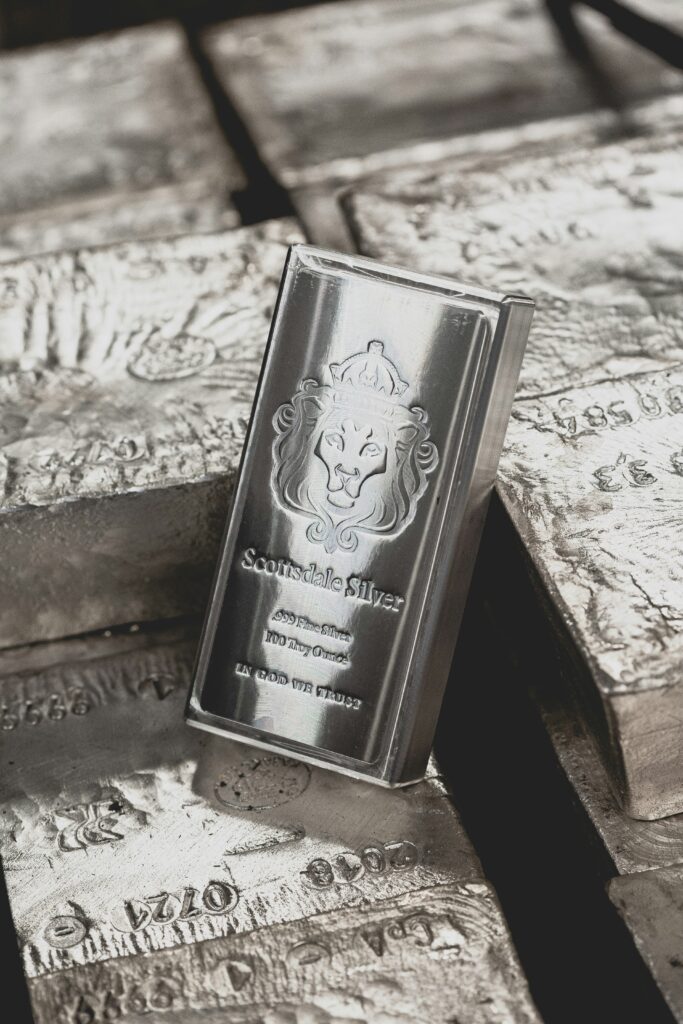Silver has long been cherished for its lustrous beauty and utility, but beyond its aesthetic appeal, this precious metal holds significant value in various industries and investment portfolios. Understanding how silver is valued and recognizing the diverse array of items that can be sold can empower individuals to make informed decisions about their possessions.
The Intrinsic Value of Silver
Unlike some other commodities, silver boasts a unique combination of industrial, investment, and ornamental value. Its excellent conductivity makes it indispensable in the electronics industry. It is used in a range of electronic devices, from smartphones to solar panels. Additionally, silver’s antibacterial properties have led to its use in medical applications, such as wound dressings and antimicrobial coatings.
Investors often turn to silver as a hedge against inflation and economic uncertainty. The white metal is known for its price volatility, presenting opportunities for investors to capitalize on market fluctuations. Its historical role as a store of value also makes it an attractive option for those seeking to diversify their investment portfolios.
Factors Influencing Silver Prices
Several factors contribute to the determination of prices, including supply and demand dynamics, geopolitical events, and economic indicators. Silver is often mined as a byproduct of other metal extraction processes, such as those for copper and gold. As a result, shifts in demand for these primary metals can impact silver supply.
Geopolitical events and economic conditions can influence investor sentiment, leading to fluctuations in prices. For instance, economic downturns may increase demand for safe-haven assets like silver, while economic growth may drive industrial demand, impacting the metal’s overall value.
Ready to sell your silver items? Contact Westlake Gold today for a fair and honest valuation.
Popular Silver Items to Sell
Coins: Collectible coins, such as American Eagles, Canadian Maple Leafs, and Britannias, can fetch premiums beyond the intrinsic metal value due to their numismatic appeal.
Bullion Bars: These bars, typically produced by renowned mints and refineries, are valued based on their weight and purity. Investors often buy and sell them as a straightforward way to invest in the precious metal.
Jewelry: While sentimental value plays a role in the worth of jewelry, the metal’s intrinsic value is also a factor. High-quality jewelry can be sold based on its weight, craftsmanship, and design.
Silverware and Flatware: Antique or high-quality silverware and flatware can hold both historical and monetary value. Items from reputable makers or with unique designs may command higher prices.
Conclusion
Understanding the multifaceted value of silver and recognizing the diversity of items that can be sold provides individuals with the knowledge needed to make informed decisions about their assets. Whether for investment purposes, liquidation of unused items, or the appreciation of craftsmanship, the allure of silver endures, making it a timeless and valuable commodity in various facets of life.
Photo by Scottsdale Mint on Unsplash




